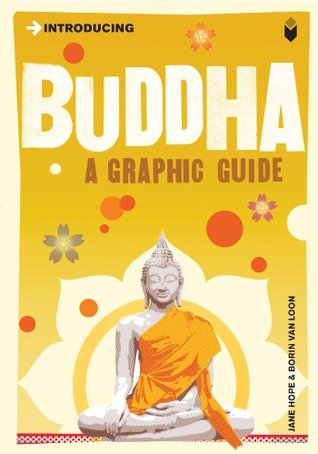More on this book
Community
Kindle Notes & Highlights
Read between
August 8 - August 28, 2022
In the Buddhist lineage, knowledge is not handed down like an antique. One teacher experiences the truth of the teachings and hands it down as inspiration to his students. That inspiration wakens the student who passes it on further. The teachings are seen as always up to date, they are not thought of as “ancient wisdom”.
The Buddhist experience relies on experiencing the truth for oneself, and ultimately it does not really matter whether or not there was an historical Buddha.
The Buddha encouraged his followers to put everything he said to the test, and therefore, through the ages, followers of the Buddha have trusted their own wisdom, rather than trying to interpret what might have been meant in old texts.
As human beings we all suffer from a fundamental anxiety that creeps into all our activities and makes lasting peace or joy impossible.
Karma literally means “action” – it is the law of cause and effect.
sangha
Hinayana literally means “Lesser Vehicle” but it would be more accurate to call it the “Narrow Way”. The Hinayana is narrow in the sense that the strict discipline of meditation narrows down or tames the speed and confusion of mind. It allows simple and direct experience of the mind. As well as the discipline of meditation, the Hinayana also stresses the importance of discipline, of being attentive to conduct.
The Mahayana, which arose in the 1st century, is called the Greater Vehicle because its approach opened the way of liberation to ordinary people as well as monks.
The followers of the Mahayana returned to the original inspiration of the Buddha to develop compassion for all beings. They felt that the only liberation possible was one in which the experience could be used to further the welfare of others.
Individual liberation was impossible if other people were suffering.
Bodhisattva whose outstanding quality was compassion and who would infinitely delay his or her own enlightenment until all beings were freed.
Words are not the highest reality, nor’ what is expressed in words the highest reality. Why? Because the highest reality is an experience which cannot be entered into by means of statements’ regarding it.
Poetry and visual symbols come much closer to reality.
Maitri
Mahayana practice trains us to identify our true enemy as ego-clinging rather than locating enemies in the outside world.
prajna.
Prajna is fully liberated intelligence.
sunyata. ‘Sunya’ means empty; and ‘ta’ means ‘ness’. The doctrine of emptiness is the essential teaching of Mahayana.
There is no dwelling in past, present or future and one is able to see the world without any pre-conceptions.
Confucianism was very much a religion of “this” world and its followers instinctively objected to a religion that seemed to encourage the abandonment of worldly ties for the pursuit of vague spiritual objectives.
In the West, there is an intense fear of death. Death is a taboo subject which is hardly discussed. Thus when death is near, the dying person and his or her relatives and friends have no resources to call upon. The process of death has become sanitized. The dead body is put into a clean coffin and taken to a sterile building to be burnt. No one is allowed to see the flames.
Relating with death fearlessly one needs to have no attachment to ego. Our fear of death is the fear of ceasing to exist. The normal routine of daily life ceases to function and you turn into a corpse. The basic fear of discontinuity is the same whether you believe in rebirth or not. Death is the desolate experience in which our habitual patterns cannot continue as we would like them to.
The Buddha himself was unwilling to speculate about what happens after death, because such questions are not useful in the search for reality here and now.


